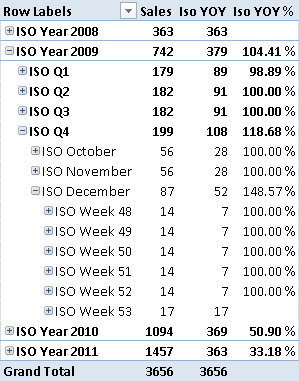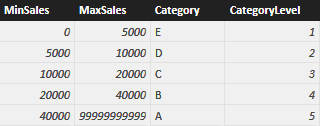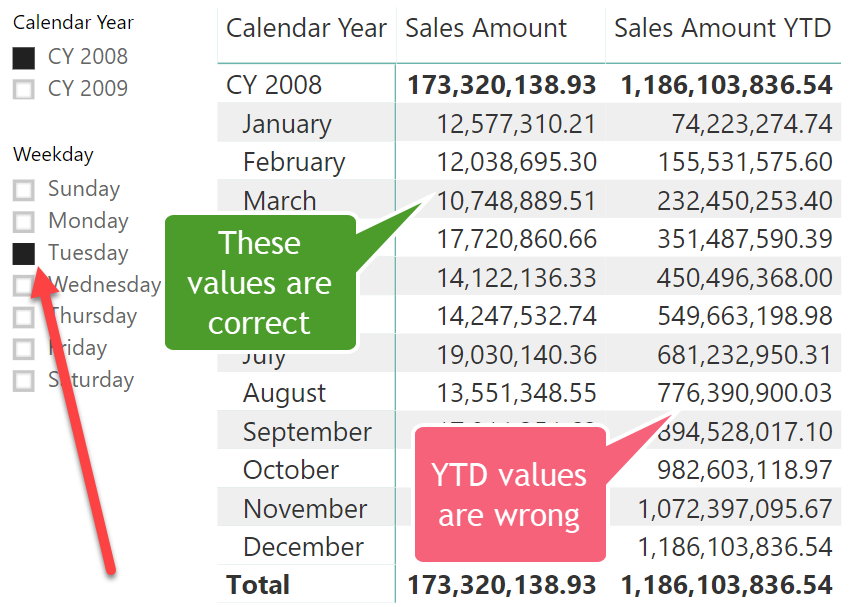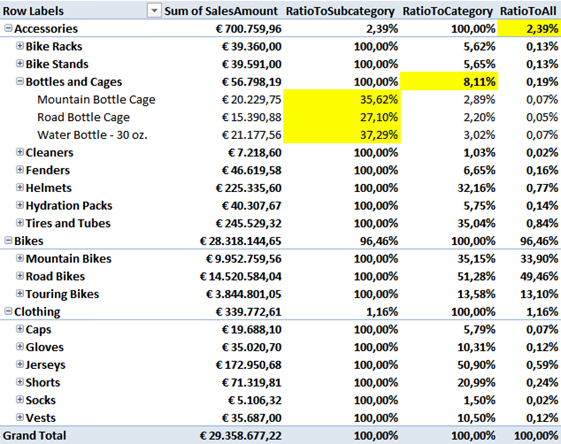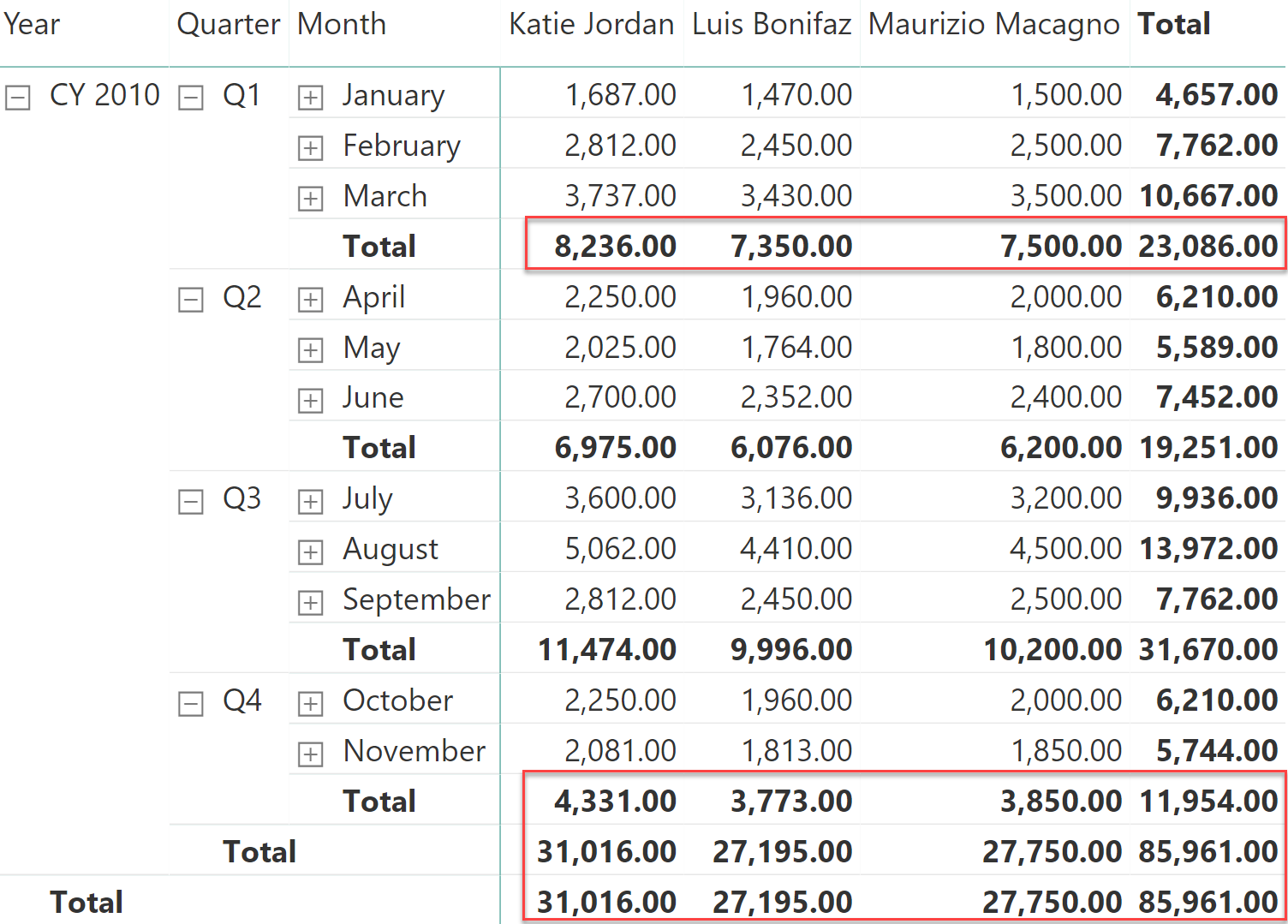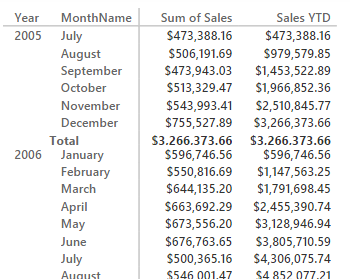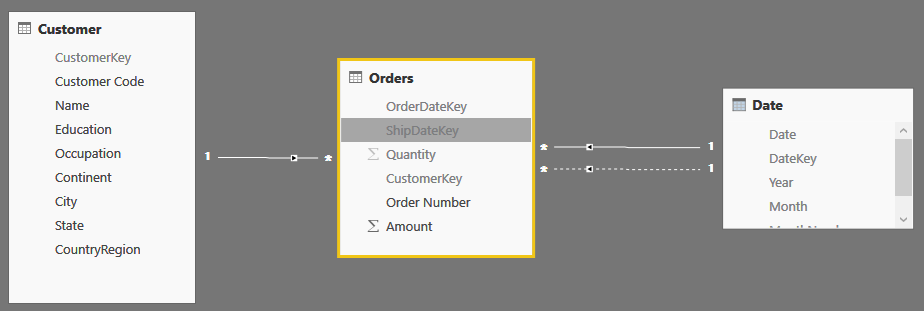-
This article describes how to implement a custom year-over-year calculation in DAX based on arbitrary associations between different periods. As an example, we describe the comparison of the 53rd week in a ISO Calendar. Read more
-
In the 2015 September update, Power BI introduced calculated tables, which are computed using DAX expressions instead of being loaded from a data source. This article shows the usage of calculated tables to solve the pattern of transition matrix for… Read more
-
Time intelligence functions oftentimes hide an automatic ALL statement meant to make time intelligence calculations easier. This article describes this behavior and what to do in case it ends up breaking your calculation. Read more
-
article
Computing New Customers in DAX
In this article, Alberto Ferrari describes a new efficient way to compute returning customers in DAX thanks to an idea suggested by a student attending an Optimizing DAX workshop. Read more
-
PowerPivot and BISM Tabular handle relationships between tables by using a single column that requires to be a unique column in the lookup table. In this article you will see how to handle relationships between tables that have different granularities,… Read more
-
article
Clever Hierarchy Handling in DAX
Hierarchy handling in DAX is not very easy, due to the fact that hierarchies, unlike it was in MDX, are not first-class citizens in the DAX world. While hierarchies can be easily defined in the data model, there are no… Read more
-
article
Semi-Additive Measures in DAX
Values such as inventory and account balance, usually calculated from a snapshot table, require the use of semi-additive measures. This article describes how to implement these calculations in DAX according to your specific requirements. Read more
-
article
Rolling 12 Months Average in DAX
Rolling averages over time (a.k.a. moving averages or running averages) are useful to smoothen chart lines and to make trends more evident. This article shows how to compute a rolling average over 12 months, in DAX. Read more
-
In Power BI Desktop (as of February 2016) you have to use DAX to apply calculations over dates (such as year-to-date, year-over-year, and others), but you do not have the Mark as Date Table feature. This article describes which scenarios… Read more
-
This article analyzes how to efficiently work with events that lasts over time, such as the duration of an order considering the distance between order date and ship date. Read more
